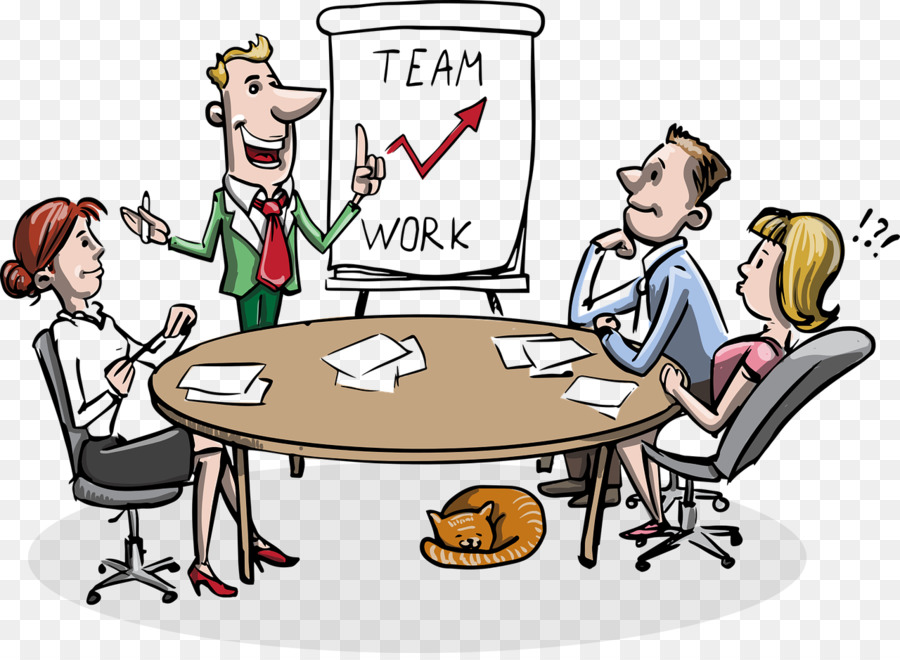Cost of Recruitment
All companies eventually need to recruit employees. Employees are the ones who make a company thrive and determine its future success. However, attracting the best talent for your company comes at a price. Every organization naturally aims to minimize the costs of recruitment. So today, let’s have a look at the hidden costs of recruiting, or what it costs you NOT to recruit.

1 Direct Costs
These costs are the obvious part of the expenses incurred during recruitment: advertising costs for job postings, investments in software used for hiring employees, and potentially fees for recruitment agencies.
2 Time Invested by Employees during the Hiring Phase
While you may have already budgeted for some financial investment in recruitment, the time required to hire a new employee is often underestimated. Just the process of writing, creating, and posting job ads and promoting them on networks takes a lot of time. The effort spent on filtering and interviewing applicants can generate a significant time investment.
3 Productivity Loss
During the hiring period, there is either no or limited productivity in the role you are hiring for. If the hiring process takes longer than usual, it extends the lost productivity time and output for your company. These aspects of the recruitment phase may not have a physical price tag, but they still add up to a loss of time for current employees.



4 Indirect Training Costs
A new employee is typically not 100% productive from day one. While the learning curve varies for each employee, it often takes about a year for someone to reach full productivity. Estimates suggest that the average loss of effectiveness during this period amounts to about 3.5 months’ salary. Hiring better-qualified employees who may demand slightly higher salaries can quickly pay off in this regard.
5 Costs of Wrong Hires
Relying solely on direct applications from job ads increases the likelihood of making a wrong hire. Hiring someone who doesn’t quite fit can be costly for your company. At least 30-50% of an annual salary should be taken into account as a minimum cost for a wrong hire.
While the financial impact of these costs can be quantified, the effects of a bad hire on morale and productivity outweigh the financial losses. Why? When an unengaged employee fails to contribute, good employees get burned out trying to compensate. This can disrupt team dynamics and potentially lead to a decline in employee morale. Moreover, it can be detrimental to customer relationships.
So, what does it cost when employees are NOT hired?
Yes, having employees is expensive. For many companies, employees are the biggest expense. However, the costs of not hiring or half-heartedly recruiting can outweigh the costs of new team members. Let’s consider what it costs you when you do NOT recruit or do it half-heartedly.
6 Vacancies Cost Money
Every day you leave a vacancy unfilled affects your efficiency. Your employees have to cover for the absent colleague, leading to stress and strain. Alternatively, work may pile up, which is equally problematic.
If a position remains vacant for a long time, work morale declines. Productivity decreases, and the likelihood of more employees leaving the company increases. And from there, it only gets worse.
If you want to estimate the costs of a vacancy, roughly calculate your revenue per employee (total revenue divided by the number of employees) and divide it by 250 (the average number of working days in a year). That will give you your daily vacancy costs.


7 Inability to Grow
When your company reaches capacity limits, you can no longer take on new customers, do more for existing customers, or develop your products further. You inevitably throttle your potential. Every “no” you give to additional work costs you revenue. The revenue you miss out on could end up being greater than the costs of hiring the right employees to help you manage the increased workload. By hiring the right employees at the right time, you tap into the potential for your company to grow.
8 You Spend Time Instead of Money
There are two types of work you’ll do in your company: revenue-generating work and non-revenue-generating work. While both need to be done, it’s crucial that the right people handle each task.
Every hour spent on non-revenue-generating tasks is an hour that potentially costs your company revenue. Additionally, the extra time you spend on tasks outside your area of expertise, when someone else could complete the work in a fraction of the time, can significantly impact your bottom line.
Conclusion
Whether you like it or not, you can’t get around setting up your recruiting process professionally to fill open positions promptly with the right employees. Anything else will cost you multiple times over.
Professional recruiting requires a solid career website integrated with an Applicant Tracking System (ATS) and a talent pool. It also requires personnel resources with expertise in recruiting and online marketing. If you also want to engage in active sourcing, you’ll need a little more of everything. Building such a setup internally is usually only worthwhile for larger companies. For everyone else, it is recommended to engage a suitable service provider.
So … How much does it cost?
As a very generic rule of thumb, you can count, roughly, on about half an annual salary of cost for recruiting a new employee. So my advice would definitely be to try and hold on to the more experienced and more expensive employees.